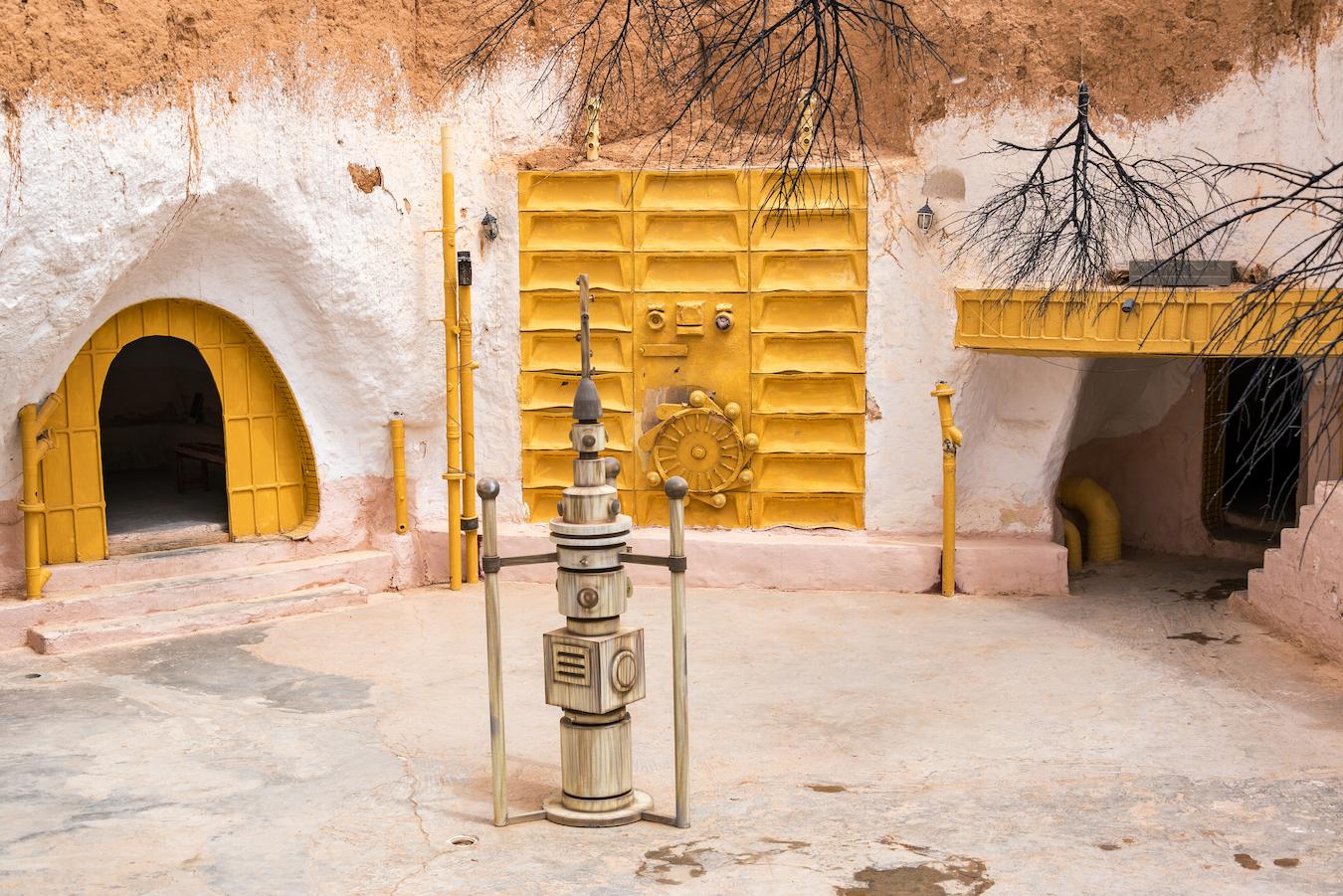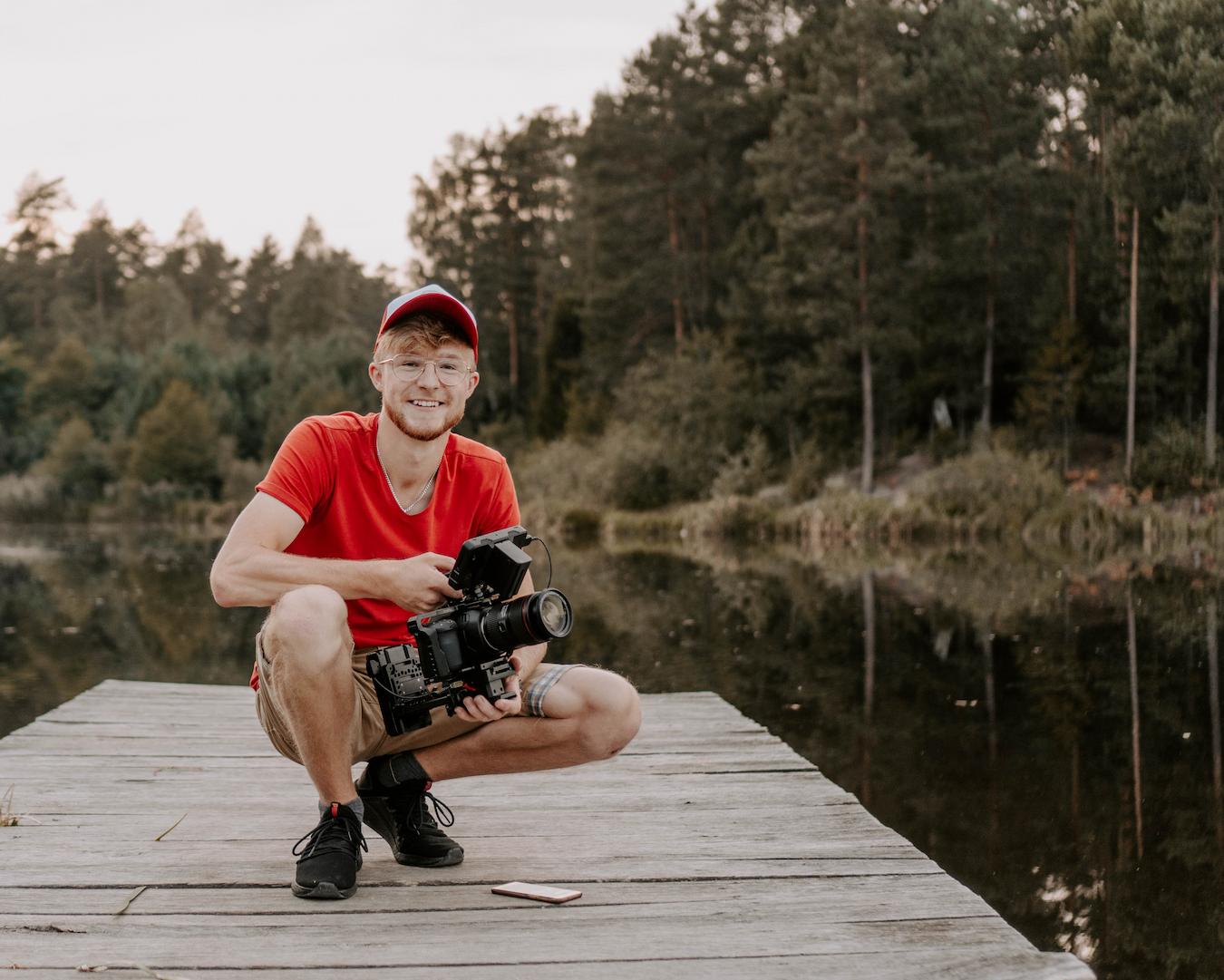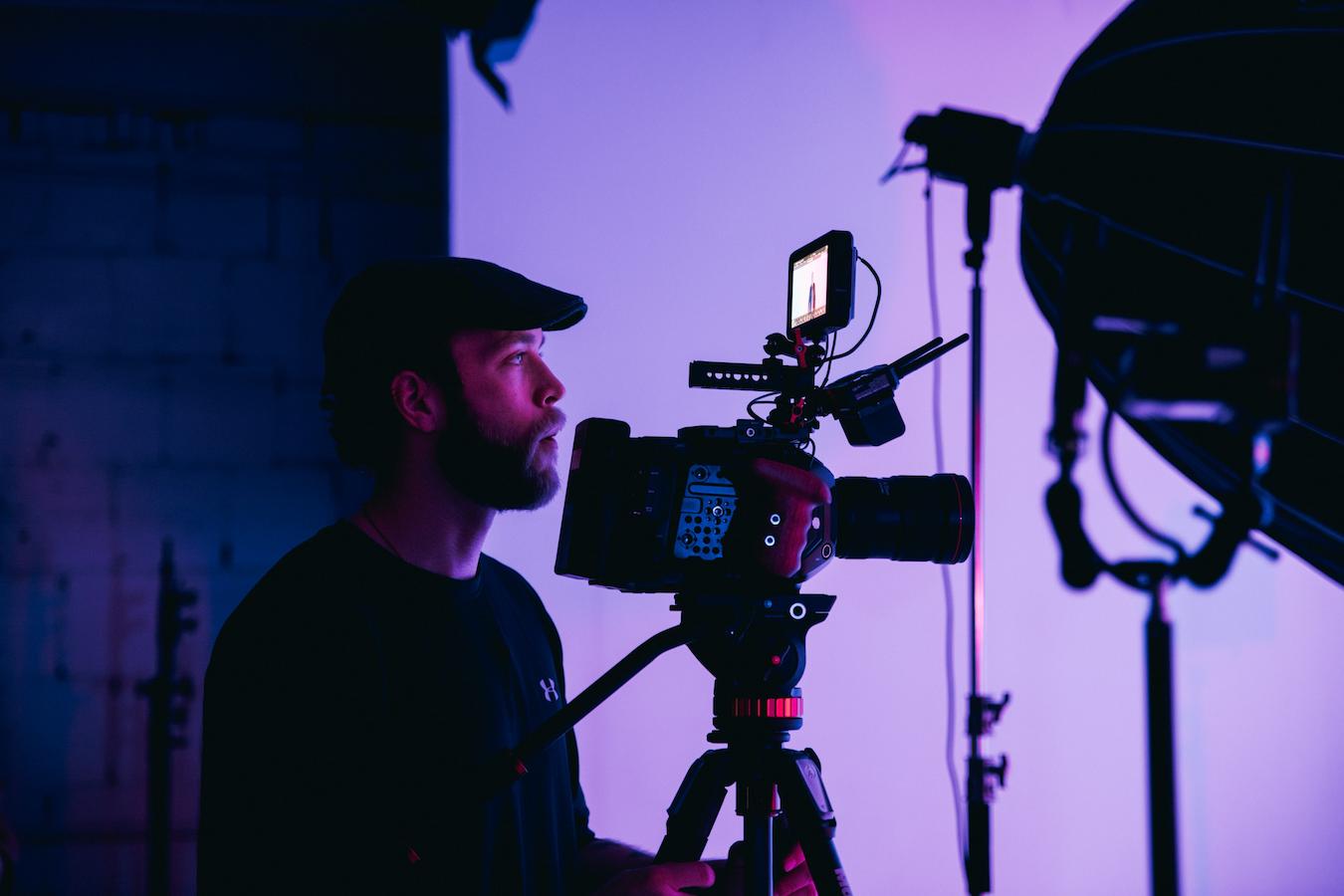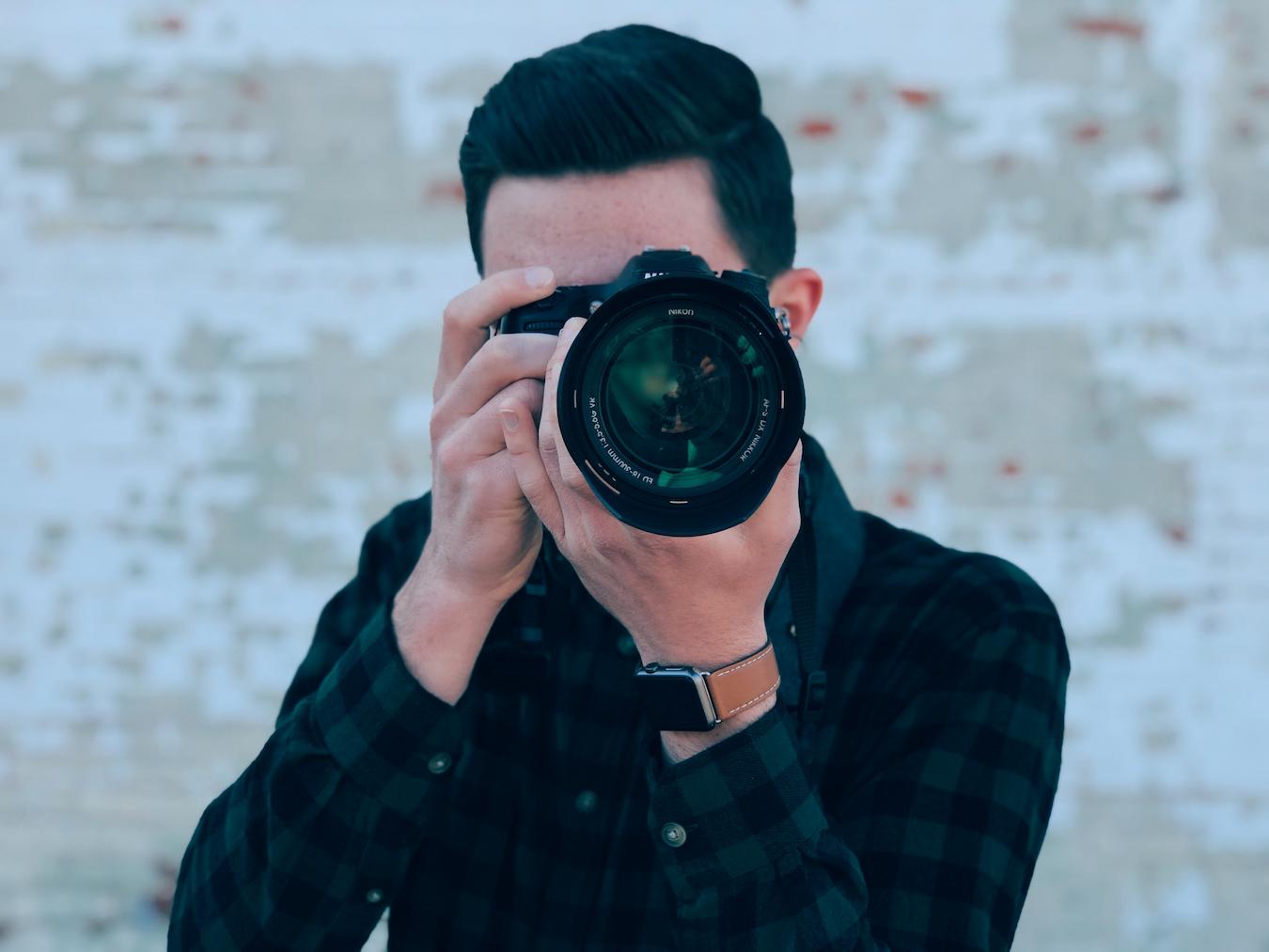What is Production Design?
In the film industry, we often talk about suspension of disbelief or the willingness to set aside one’s logical thinking to be able to enjoy an art form as a kind of special reality – albeit a temporary one. We want to get lost in a story and be emotionally moved by a film’s scenes. Production design plays a critical part in a film’s ability to entrance an audience and help a story unfold.
Production design encompasses the entire physical world within a film, including the location choices, sets, costumes, and props. A production designer sets the scene in both a literal and figurative sense. Depending on the size of the film, a production designer’s responsibilities might vary.
For a bigger film production, a production designer will lead the art department and supervise sub-specialties like set design, props and costumes. With an independent or smaller scale film, a production designer may be in charge of art and design as well as picking out every last prop.

The primary responsibility of production designers (who may sometimes be referred to as art directors) is the conceptualization and creation of the sets, but in many cases, they are responsible for the overall look and feel of a film. Of course, no one works alone on that – the director and cinematographer (director of photography) will also have major roles in shaping the feel of a film.
See Related: How Does Filming Work on a Sound Stage?
Famous Production Designers
The term production designer was actually first used to describe art director and designer William Cameron Menzies. The producer David Selznick reportedly hired Menzies for Gone with the Wind after he saw his exemplary work with art direction in The Adventures of Tom Sawyer. Menzies was already a well- established art director after having had success with Robin Hood (1922), The Thief of Bagdad (1924) and The Dove and Tempest for which he received the first Academy Award for art direction in 1929.
For Gone with the Wind, Selznick made sure everyone involved in the film understood that Menzies had the final say on everything from color to set decoration, to the look and style of the production. Menzies became well known in the industry for his hard work, creative flair, and use of color. He pushed past conventions and brought his unique approach to every picture.
Orson Welles once called Menzies “impossible to overpraise.” Suffice it to say, he was widely recognized for his contributions and strong visual style, and is one of the most respected production designers in film history.
Over the last several decades, production design has continued to set the scene, and be more than just the backdrop for the stories we see on the big screen. In films like the Coen Brothers’ No Country for Old Men, production designer Jess Gonchor helped scour the southwest to find the best location for the various outdoor scenes.
He has said he didn’t want to upstage the excellent script by the Coen Brothers, so understatement and subtlety were key. He created the cabin for the character Ellis, and hotel rooms that added to the haunting, desolate, and lonely feel of the film.
The titles and credits can shift depending on the film and crew involved. A production designer may also be the costume designer, as is the case with Catherine Martin, an Australian producer, production designer and costume designer. She made the memorable Moulin Rouge! a gorgeous explosion of color and flamboyance, and also gave The Great Gatsby its glamour and carnival-like splendor.
Again, Martin is the first to remind people that this work is collaborative, and shares the credit with many other contributors to the film, from the director to the special effects supervisor. Here she is being interviewed about her work on The Great Gatsby:
Bonus: What Is Post Production In Film?
The Production Design Process
Now that we’ve covered the basic definition of production design and a bit about some well-known production designers and art directors, let’s go into what a production designer’s job entails from start to finish.
What Does a Production Designer Do During Pre-Production?
A production designer actually puts in a lot of time before shooting even begins. During this pre-production phase, the production designer will work with the director to develop an understanding of the overarching vision for the film. The production designer begins to visualize the set pieces and scenery that will come together to create the mood, and match the original vision that was set forth.
Having read the script (probably multiple times) the production designer starts to strategize which shots will require set construction and which should be shot on location. If there’s a scene in the movie that takes place in New York, for example, the production designer needs to determine whether it’s worth the cost to go there, or if a sound stage – perhaps with a green screen – can cut it. There may also be other elements to coordinate with the special effects department.
The art department, led by the production designer (again, sometimes referred to as the art director), will be engaged in a constant flow of communication with both the producer and the director, as well as the art department staff they hire to carry out the many tasks necessary to bring the vision to life.
The director will be the person for the production designer to consult regarding creative questions and finalizing decisions. A production designer can share ideas and images via tools like mood boards, whether using apps or an actual physical board with pictures of potential props, costumes, and set ideas. These ideas then get re-tooled and re-worked, moving from sketches to more technical specs and designs, until the creative team in the art department understands how to finalize sets, props, costumes, and so forth.
The production designer, with the help of the producer (specifically the line producer), will attempt to make all of these wonderful projects stay within budget. It’s a difficult role to balance a creative concept and a budget at the same time, but a good production designer will try to make it work.
What Does a Production Designer Do During Production?
When the movie is being shot in a production studio or on location, a production designer will oversee the construction of the sets each day. Production designers work closely with cinematographers to coordinate the ideal camera and lighting setup to capture the set as intended.
As this is a creative process, the decision making is often collaborative. There may be times when a more strong-willed director will want to oversee every step of this process as well.
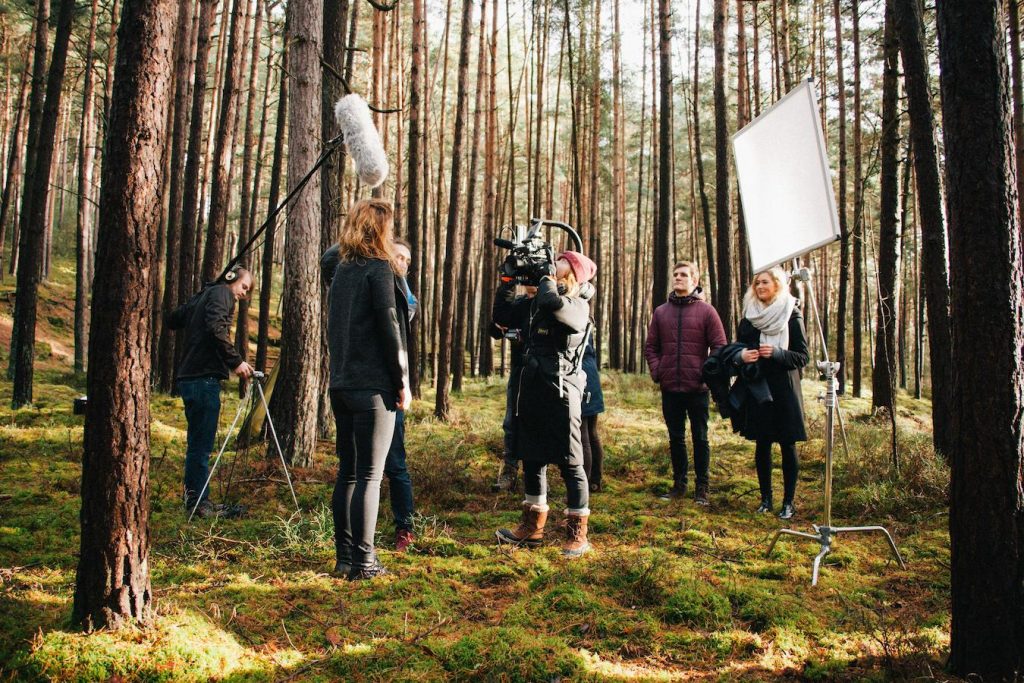
Production designers are supervising various individuals, troubleshooting, and making sure the set dressing, costumes, and all the art department pieces are fitting nicely together like a perfect puzzle, so the show can go seamlessly on.
What Does a Production Designer Do During Post-Production
As soon as the film director declares, “that’s a wrap!” the show isn’t quite over for everyone. However, for the production designer, it mostly holds true. The majority of their job responsibilities have come to a close.
Unless there are a lot of special effects added afterward with CGI, the bulk of the production designer’s work is done, as is that of the art department. Still, there may be certain enhancements that affect the look and feel of the film, like coloring, which the production designer may need to consult on.
While production designers should have caught any inauthentic elements or inconsistencies in a period piece or science fiction film during the pre-production or production phase, this might be the very last chance to observe anything that could potentially make the movie-goer fall from that lovely perch of suspended disbelief that we discussed earlier.
To Wrap it Up…
Art and design are integral to the medium of film making. The visual elements of a story impact us more than we realize.
The environment or world in which the story takes place, along with the characters and story itself, is usually responsible for creating a heightened emotional experience of the film. We have production designers (as well as directors, cinematographers, and others) to thank for much of this creative work.
The overall look of a film is heavily influenced by the production designer’s concept of style and design, as well as that of their team. The vision, style, set design skills, and more can help make a non-existent environment seem authentic and real. The visual elements of a film production may go unnoticed by some, but now you know a bit about what goes into the production design that makes it all possible.
Keep Reading: Who Built the First Film Studio?
–
Mack Sennett Studios is a historic full-service photography studio, production sound stage, and private event space in Silver Lake, serving as creative home to the Los Angeles cultural renaissance for the last 100 years. Check us out on Facebook, Twitter, Vimeo, Pinterest, Yelp and Instagram.

